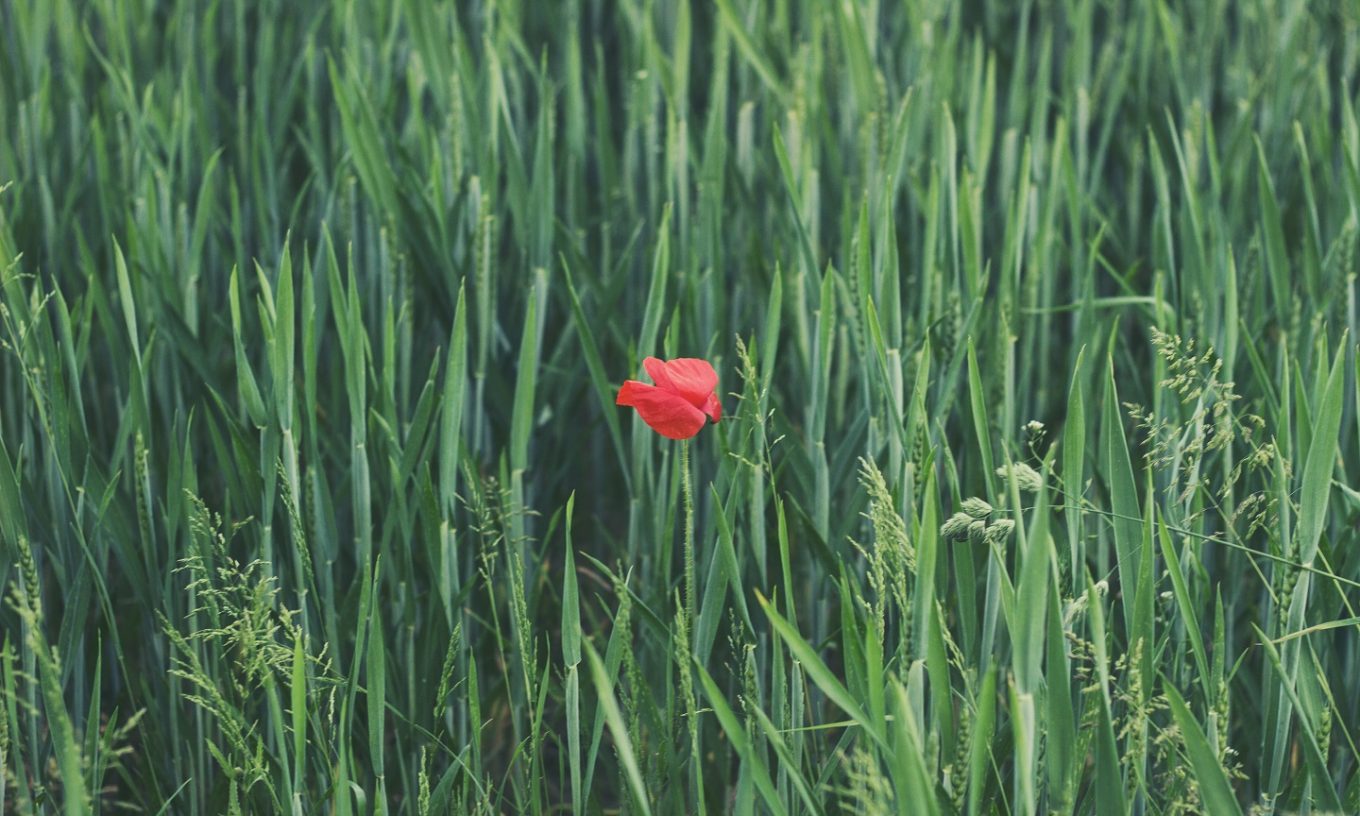Last month, the poetry fraternity in India and abroad were confronted with the disturbing news of Poetry at Sangam shutting down after nearly a decade of working, collaborating and showcasing some of the finest poetry from around the world. Founded in 2013 by Priya Sarukkai Chabria, Poetry at Sangam was an e-journal that showcased Anglophone poetry and translations into English as well as essays on poetics, from India and international shores. Editor, Priya Sarukkai Chabria and deputy editor Mrinalini Harchandrai announced the closure, while presenting the last issue of the magazine- June 2023, in what became a mammoth tribute to poetry in translation, in languages as diverse as Assamese, Chinese, Dogri, Kashmiri, Marathi, Náhuatl and Spanish, Tamil, Hindi, and Oriya.
The list of poets from India and abroad, who have either been published by the magazine, or those who had curated issues for the magazine all these years, is both eclectic, as it is interesting. Ranging from different territories and nationalities, many of these poet’s personal histories often traced a deep-seated connection with the subcontinent, while not losing the essence of plurality that formed the backbone of the magazine. In the true essence of multiplicity, and diversity that one finds in the literature presented on the internet, Poetry at Sangam was successful in establishing a heterogeneous narrative that was both inclusive and generous. Perhaps it was this ability to bring together varied, yet distinct voices, that led to a growing intimacy and camaraderie between both the poetry community and readers, resulting in the success of this journal world-wide.
I spoke to Alvin Pang, well known poet from Singapore, who not only published his poetry at Sangam but also curated an issue loosely defined on the theme of plurality. Alvin had this to say, ‘When I had the honour of being invited by Priya Sarukkai Chabria in 2017 to curate a folio for Poetry at Sangam, I took the opportunity to pursue this interest (which had also become the arc of my doctoral work at the time). I gathered a clutch of voices from different territories and nationalities—from Canada to Persia to Singapore and the Philippines—all speaking in their distinctive ways to a sense of the plural, to histories of boundaries traversed and communities enlarged through intimacies of connection.
We needed, and still need, the convening motive that Poetry at Sangam has represented in its illustrious run: the generous hall of listening, reflection and welcome it provided, especially to writers in what is now called the Global South, but really is the Global Majority, and also beyond our bounds. In today’s tense, hyper-nationalist, increasingly belligerent context, thoughtful and inclusive platforms such as Poetry at Sangam are a vital technology for survival.’
Concurring with Alvin’s response, brings us to the question of relevance of literary magazines, and the expansive view such platforms offer not only to its readers, but also to practitioners of poetry worldwide, especially in terms of breaking the barriers of reductive politics and in encouraging renewed global conversations around inclusivity.
Poet and publisher Naveen Kishore said this in response to the news of the magazine shutting down, ‘Poetry at Sangam has decided to call it a day. Not an easy decision. But one that needs to be respected. I for one know that the idea of Sangam will continue even as we wrap up the logistics of leave taking. Let us not think of the years to come as ‘not being.’ I would suggest that the being will simply shift. To that other space where memory resides. A welcoming space. A kind of homecoming of sorts for our Sangam. Yes.’
Mulling over closures, one wonders though, if such closures really are an isolated incident? Worldwide, literary magazines have been facing hardships, more so during the pandemic, a time when funding increasingly became a problem. Furthermore, the increasing tendency to shut down independent voices in all quarters has perhaps only added to this trend and the recurring damage it resulted in, in the literary landscape worldwide. Unlike a tabloid, a literary magazine isn’t really a flashy space. There is often a tandem in both editorial thought process and readership base, that when in synchronization, attracts both serious readers and lovers of literature from all parts of the world. As such, while the depleting attention span of readers might have a life and tale of its own, the narrative of literary spaces such as these, are often indicative of the very health of poetic literature, and of the growing sensitivity towards various issues, and directions that we take in an environment that is increasingly volatile and violent in nature.
But the old and the wise, have whispered since long, that poetry like love has many lives, and when talking of love, it seems to be the driving force that gets everything going. In this context, I found it riveting that when Priya talks about beginnings in her interview to Scroll, she talked of love- ‘I see poets as people who remain in love with life and language throughout their lives. Poetry is the membrane through which we receive and sense the world in its fullness. It is the form intuition takes when it combines with language..However, far too few books are published compared to the fine poetry being written. This is one of the reasons I started Poetry at Sangam. To share – for there never can be enough poetry, or love.’
Poet Sophia Naz, a well-known name for poetry lovers, talks of flow, of the river, of continuity, and the need to revisit archives-
‘There’s a saying that you can’t step into the same river twice. The same could be said of poetry. A poem has many lives, the first breathed into it by its creator, the others continually evolving enlivening conferred by its readers. When Priya invited me to guest edit the December issue of Poetry at Sangam I was exhilarated at the opportunity to add streams of poetry to the vast and diverse confluence of voices that constitute one of the most important poetry websites, not just of India but of the world. When I heard that June was to be the last issue, I remarked that it felt like losing an old friend. However, people are mortal but poetry lives on. As long as there is an archive, I will continue to visit Poetry at Sangam to renew myself in the ever-flowing rivers of poetry.’
Speaking of archives, for those of us aggrieved at the shutting down of Poetry at Sangam, the sliver of hope lingers in the archival journey (for most of the magazine now) that this magazine also treaded at some point. When I spoke to Priya about curators of specific issues, she had pointed to me in the direction of Sumana Roy’s curation of Poets and Their Mothers. As it turns out, Sumana, a well-known poet and academic, had spoken even then, about creating an archive in spite of her ambivalent relationship with the nature of an archive. In hindsight, how appropriate it was I thought, that the magazine itself had rekindled the conversation around archival value on its closure, giving hope as it were to those who still want to browse these pages, and how prophetic indeed were Sumana’s words from her curatorial note –
‘When Priya Sarukkai Chabria asked me to guest-edit an issue of Poetry at Sangam, I immediately felt the desire to create an archive, however tiny, of Indian English Poetry, instead of a general volume. As both readers and researchers know, there are hardly any archives of our poets – not just their poems, which are often difficult to find, the books having gone out of print, or magazines and journals where they were published not being in publication anymore. My complaint – and even frustration – as a reader was how little we knew about the forces that had led to the birth of these poems, forces and energies personal, social and intellectual. Ideally I’d like to create – curate, if you must – an archive of poets that includes all these delicious details. But funds are, as always, lacking, particularly for poetry. No patronage, no publishers, no prizes – and yet it survives, as it has, our oldest voice, our oldest form.’
I touched base with Sumana again, for her reactions on the closure of Poetry at Sangam. Rather intuitively she reminisced about her journey with the magazine, aspects about funds that had cropped up even then, and the gentle nudging from Priya, the gathering as it were of many poets over one emotion – ‘When Priya asked me to edit an issue of Poetry at Sangam, I wanted to say yes immediately. I took my time to reply — my mother was unwell, and I wondered whether I would have the energy to put an issue together. Spending time with my mother, sitting beside her bed and in diagnostic clinics, I began to feel that this was a history that would never enter our textbooks. It must have been my immediate circumstances, then, that made me ask Priya whether she would allow me to do a special issue on Poets and their Mothers. Priya worried about finances — there was the web manager to pay. But we worked things out, and I began writing emails to many, many poets. Most of them were kind enough to respond, some sent their poems immediately … When I asked for photographs of themselves with their mothers, I remember checking my inbox frequently — every photo and every poem is part of a nervous system of a culture that does not enter books and archives. Only a place like Poetry at Sangam — and Priya — could have hosted such an archive.’
As the sun sets on this beautiful poetic space, I recall Alvin Pang’s words that bring hope, ‘And now we must find our way to each other in the silence. May new means and other voice bearers arise. May the archives sing.’





